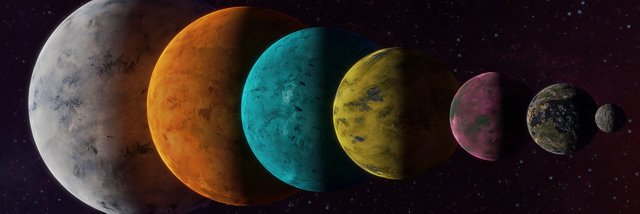"Light Year" to measure distances between planets and celestial bodies

Pixabay
A light year is basically how far light travels in space in a year, which is about 9, if you take that speed and multiply it by the number of seconds in a year, which is about 31.5 million, you get a distance of almost 9.46 billion kilometers. This scale makes it easier to talk about how far away things are; instead of saying a star is 40 billion km away, astronomers simply say it's 4.2 light years away, as with the nearest Centauri, the closest star to our sun.
Choosing this unit makes sense because it's useful and conveys the big ideas; using things like kilometers or miles would be awkward and somewhat useless when dealing with large numbers like that. Second, using the light year helps relate distance to the time it takes for light to reach us, which also has implications for astronomical observation: looking at an object 1,000 years away makes it seem like this object was 1,000 years ago, due to the time it takes for light to reach us.
"Light year" isn't just a useful way of dealing with large numbers; it also shows us a great truth about space: we are looking at the history of the universe when we look at it. So in science today a light year isn't just a way of measuring distance. It's like a link that connects space time, and our understanding of the universe
Bibliographic reference
Universe: The Ultimate Visual Guide by DK, 2024.
Physics for Science and Technology by Paul Allen Tipler, Gene Mosca, 2004.
General Physics by Pérez Montiel, Héctor, 2020.